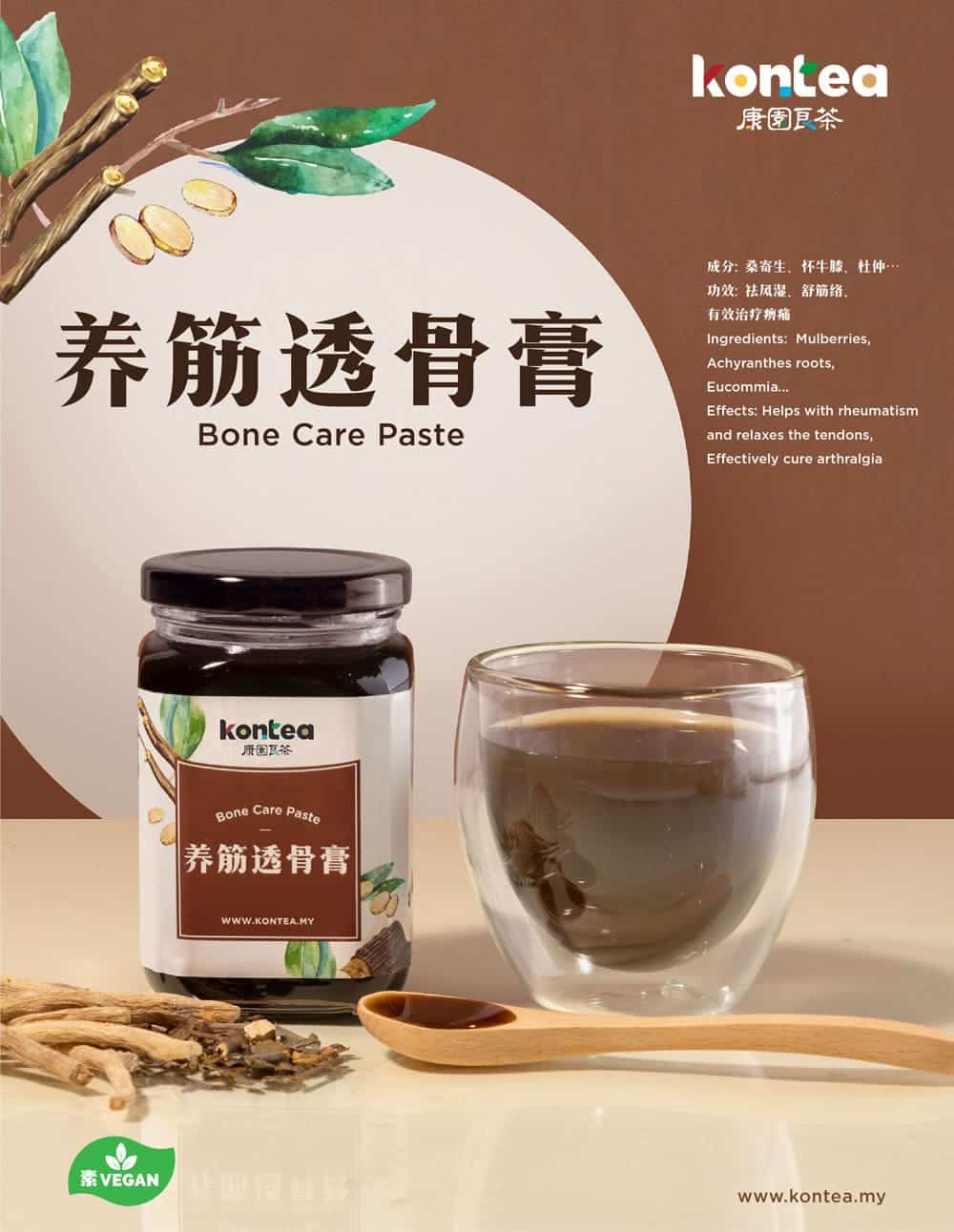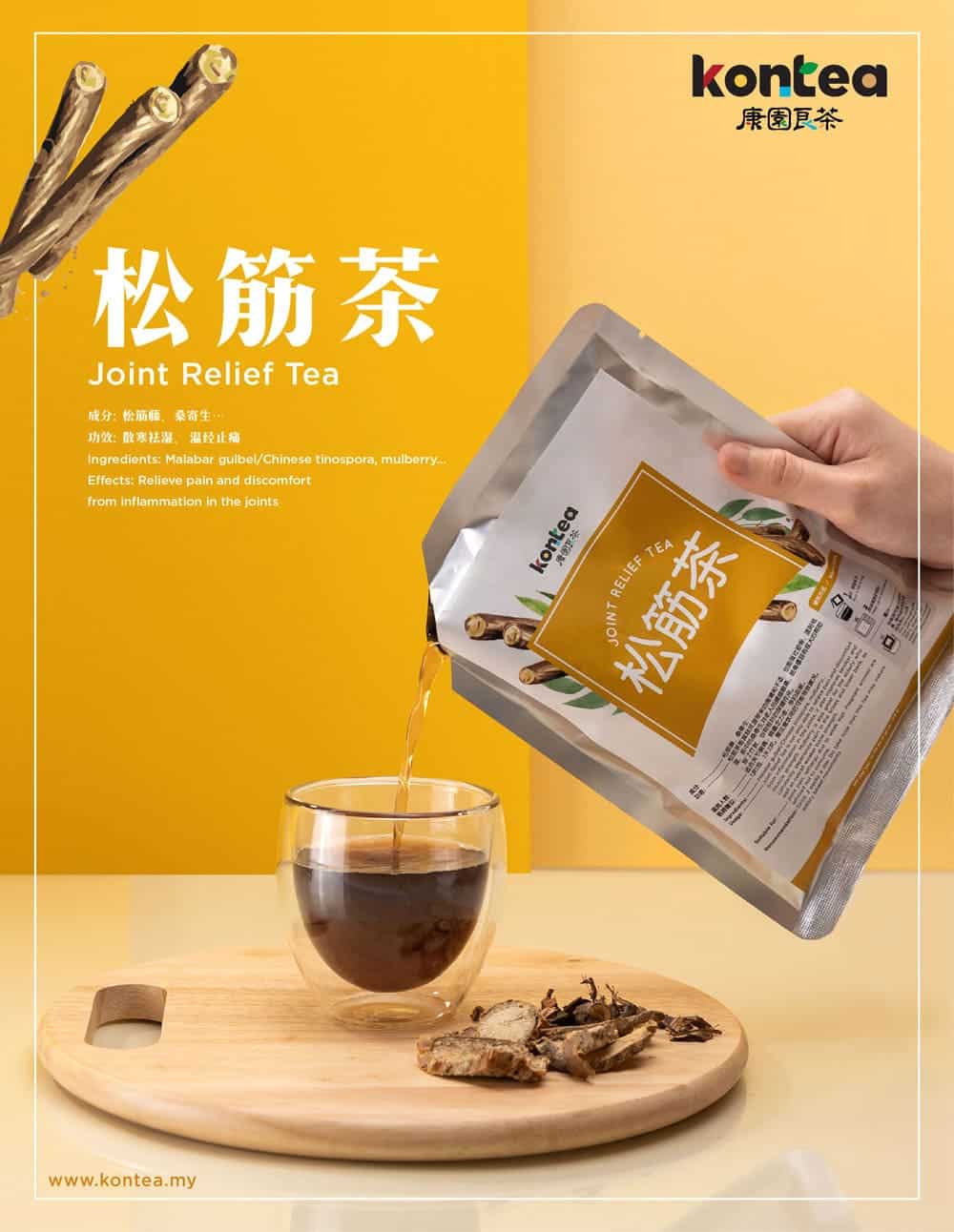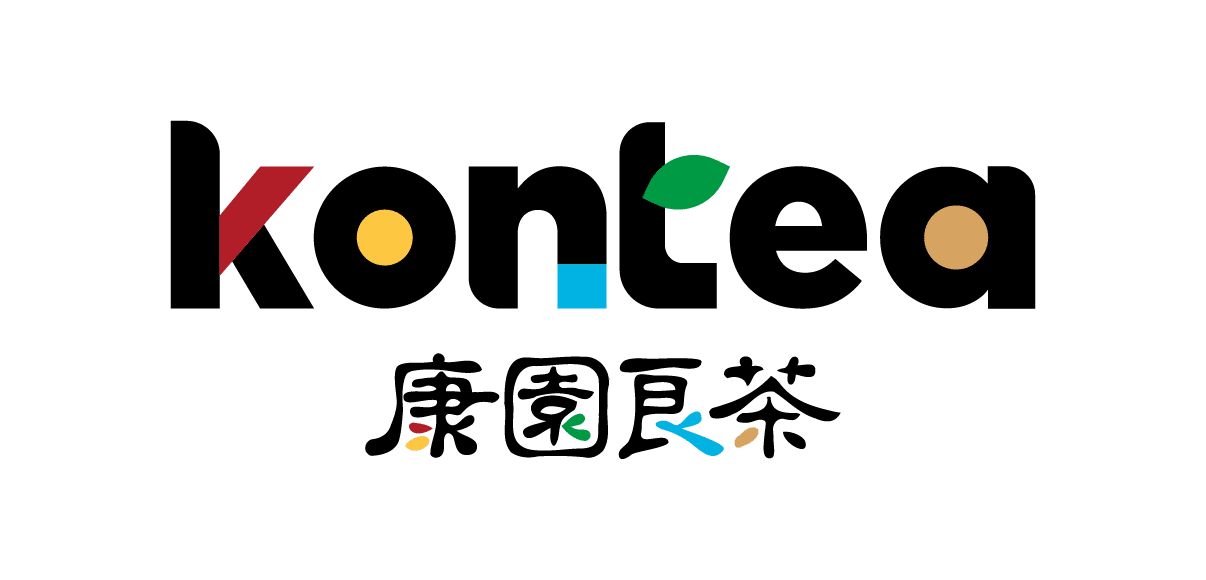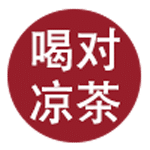Struggling with Rheumatism? Understand Causes, Symptoms, Types, and TCM Treatments
The term "rheumatism" was first introduced by the ancient Traditional Chinese Medicine physician Zhang Zhongjing. It refers to the invasion of the body by wind, cold, and dampness, leading to meridian blockages. This disruption in the flow of qi and blood causes numbness, muscle and joint pain, difficulty in movement, or swelling. In Western medicine, the term "rheumatism" comes from the Greek word "Rheuma," which refers to the accumulation of bodily fluids in the limbs, joints, and internal organs due to damp and cold conditions, causing a range of diseases. This encompasses a wide array of conditions, including rheumatoid arthritis, gouty arthritis, osteoarthritis, osteoporosis, ankylosing spondylitis, psoriatic arthritis, systemic lupus erythematosus, Behçet's disease, myositis, dermatomyositis, systemic sclerosis, and more.
In common public perception, rheumatic diseases may be thought to only affect older individuals, but in reality, the scope is much broader. Rheumatic diseases can occur at any age, including in children aged 5 to 15, with the peak incidence being between 6 and 9 years old. Moreover, the incidence rate is roughly equal between males and females. Because rheumatic diseases often recur, the acute phase can leave chronic heart damage, resulting in rheumatic heart valve disease.

Struggling with Rheumatism? Understand Causes, Symptoms, Types, and TCM Treatments

Symptoms of Rheumatism
- Joint Inflammation and Pain
Manifesting as joint swelling and pain. Rheumatoid arthritis and ankylosing spondylitis can cause joint deformities or dysfunction in severe cases.
- Muscle Pain and Weakness
Pain and weakness in the limbs, difficulty standing up after squatting. Rheumatoid arthritis and osteoarthritis patients may experience morning stiffness. Severe myositis can involve respiratory muscles, leading to respiratory failure.
- Skin and Mucous Membrane Changes
Facial or body rashes, photosensitivity, mouth ulcers, genital ulcers, skin nodules, skin hardening, pigmentation, etc. Patients may also experience dry mouth, dry eyes, enlarged salivary glands, hair loss, dental caries, uveitis, retinal diseases, and more.
- Raynaud's Phenomenon
Colour changes in the extremities (e.g., fingers, toes) from white to purple to red, accompanied by numbness, coldness, or burning sensations, lasting from seconds to several minutes. These symptoms can normalize with temperature rise or emotional calmness.
- Fever
Various degrees of fever with no pattern, generally without chills.
- Hematological System
Unexplained reductions in white blood cells, red blood cells, platelets, hemolysis, etc.
- Cardiovascular System
Occurrence of pericarditis, myocarditis, endocarditis, pericardial effusion, etc.
- Respiratory System
Interstitial pneumonia, pulmonary hypertension, pleural effusion, etc.
- Renal System
Presence of proteinuria, hematuria, oedema, hypertension, renal failure, etc.
- Nervous System
Headaches, seizures, psychosis, cranial neuropathy, peripheral neuropathy, etc.
- Digestive System
Unexplained jaundice, abdominal pain, liver function damage, cirrhosis, etc.
Types of Rheumatism
- Wind arthralgia
Primarily caused by wind evil invading the skin, joints, and meridians, characterized by wandering pain. Since wind is a yang evil that affects the upper body first, it commonly occurs in the upper limbs and shoulders. Symptoms include aversion to wind and spontaneous sweating due to insufficient defensive yang and loose knee joints. - Cold arthralgia
Usually due to insufficient yang energy and invasion by cold evil, marked by fixed joint pain that worsens with cold and improves with heat. Cold contracts and stagnates, leading to symptoms like aversion to cold, limb stiffness, difficulty in movement, and tight pulse. - Damp arthralgia
Mainly caused by damp evil lingering in the limbs, joints, and skin, leading to swelling, pain, and heaviness in these areas. Since the spleen governs dampness and dampness is sticky and obstructs qi movement, it often results in symptoms like heavy head, chest tightness, poor appetite, abdominal distention, body fatigue, greasy tongue coating, and slow pulse. - Heat arthralgia
Caused by heat evil or damp-heat evil, or when wind-cold-damp evil transforms into heat. It presents with red, swollen, hot, and painful muscles and joints, accompanied by fever, sweating, thirst, yellow greasy tongue coating, and slippery rapid pulse. Heat being a yang evil tends to damage yin fluids, causing symptoms like pronounced redness and swelling, erythema, nodules, thirst, and dry stools. - Dry arthralgia
Mainly caused by dry evil, or when yang heat evil turns into dryness and damages yin, leading to a type of Bi disease due to lack of nourishment to muscles, tendons, and joints. As dryness leads to dryness, insufficient yin-blood fluids result in muscle atrophy, joint stiffness, dry mouth and nose, and dry, gritty eyes. - Wind-cold-damp arthralgia
Caused by the combination of wind, cold, and damp evils. When diagnosing, it is essential to determine which evil is predominant. If wind and damp are the main factors, it is called "Wind-Damp Bi"; if cold and damp are predominant, it is called "Cold-Damp Bi." If all three evils are equally significant, it is termed "Wind-Cold-Damp Bi". - Damp-heat arthralgia
Primarily caused by damp-heat evil or the prolonged stagnation of wind-cold-damp evils transforming into heat.
Factors of Triggering Rheumatic
Environmental Factors
Cold, dampness, fatigue, poor nutrition, trauma, and psychological factors are common triggers of rheumatic diseases. Studies show that people who work in cold environments for extended periods often develop rheumatism. The onset of the disease is closely related to environmental factors like cold, darkness, dampness, and exposure to wind after sweating. Most patients usually do not have any obvious triggers before the onset of the disease.Joint Wear and Tear
People who work long hours need to be proactive in preventing exposure to wind, as this is a common cause of rheumatic diseases. For instance, common chronic lower back strain and tenosynovitis often have a history of long-term overwork. Accumulated injuries can lead to congestion, edema, and adhesions in related tissues, resulting in diseases.Immune Response
The body’s response to exogenous or endogenous antigens, directly or through macrophage presentation, activates corresponding T cells. Some T cells produce large amounts of pro-inflammatory cytokines, causing varying degrees of damage to different tissues and organs. Other T cells re-activate B cells, producing large amounts of antibodies that directly or indirectly form immune complexes with antigens, further damaging tissues or organs. In daily life, it is essential to enhance one’s immunity, as impaired immune function can lead to rheumatism.Genetic Background
Recent studies indicate that certain rheumatic diseases, especially connective tissue diseases, are closely related to genetic factors and the patient's susceptibility and disease expression. This has implications for early diagnosis, identification of atypical cases, and prognosis. Both rheumatoid arthritis and ankylosing spondylitis have a genetic predisposition, while gout and rheumatic fever are also closely related to genetic factors.
How TCM Treats Rheumatism
- Internal Treatment Methods
Based on traditional Chinese medicine (TCM) principles of observation, listening and smelling, questioning, and pulse-taking, clinical information is obtained. The four diagnostic methods are combined with the clinical manifestations of modern medical diseases, laboratory tests, and imaging examinations to identify diseases, syndromes, and symptoms, thereby determining treatment principles and methods. On this basis, prescriptions are formed using classical formulas, ancient prescriptions, modern medical practitioners' academic viewpoints, personal medication experience, and the properties, flavours, and meridian affinities of Chinese herbs. Herbs are categorized as chief, deputy, assistant, and envoy herbs to create a comprehensive TCM prescription. Common TCM Treatment Methods for Rheumatic Diseases: Wind-Dispersing Method Cold-Dispelling Method Dampness-Transforming Method Heat-Clearing Method Blood-Activating Method Qi-Tonifying Method Blood-Nourishing Method Liver-Soothing Method Kidney-Supplementing Method These methods can be applied individually or in combination to achieve a holistic and effective treatment. - External Treatment Methods
External treatments refer to methods applied to the body's surface or conducted externally. Common TCM external treatments for rheumatic diseases include acupuncture, massage, Sanfutie (medicated patches are placed on various acupuncture points on the body - Typically, four of these credit-card-sized patches are applied to different locations on the back at the same time and are kept there for several minutes - depends on the component of the patches), acupoint application, herbal soaking baths, and hot and cold compresses. These methods can alleviate pain and swelling associated with rheumatic diseases, improve joint function, enhance quality of life, and correct immune system disorders.
How to Prevent or Alleviate Rheumatism
- Daily Exercise and Work-Life Balance
Engage in regular exercises, such as aerobics, Tai Chi, radio callisthenics, and walking. Clinically, some rheumatoid arthritis patients, even when their condition is under control and in the recovery phase, may experience worsening or recurrence due to fatigue. Therefore, balancing work and rest, with moderate activity and relaxation, is essential. - Avoid Exposure to Wind, Cold, and Dampness
Prevent exposure to cold, rain, and dampness. Keep joints warm, and avoid wearing wet clothes, shoes, or socks. Ensure your home is well-lit, ventilated, and dry. Do not live in dark and damp places. Protect your knees from cold, avoiding unnecessary exposure. Women should especially keep warm during childbirth to prevent postpartum rheumatism, as the body is most vulnerable to wind and cold during this period. - Daily Warmth and Care
Regularly soak your feet in hot water to promote blood circulation in your feet and legs, which helps prevent arthritis and rheumatism. After a busy day, soaking your feet is also a relaxing activity that improves blood circulation. - Dietary Considerations
Rheumatic patients should avoid high-fat, seafood, and overly acidic or salty foods, especially pickled items. They should consume more foods that dispel dampness, such as radish, coix seed, gorgon fruit, corn, and lentils. Since rheumatic diseases often affect bones and joints, and TCM believes that the kidneys govern the bones, eating kidney-nourishing foods like sesame and walnuts can be beneficial. - Maintain a Healthy Psychological State
Modern immunological research shows that the body's immune function is regulated by the nervous and endocrine systems. Therefore, maintaining a healthy psychological state is crucial for normal immune function.
Kontea Additional Tips: Rheumatic disease patients should follow standard treatment protocols, have regular check-ups, take medications as instructed and regularly, and avoid changing or stopping medications on your own to prevent severe adverse reactions.
Kontea Recommendation Products

Bone Care Paste
Effects: Helps with rheumatism and relaxes the tendons. Often used to soothe waist and knee pain, as well as strengthen bones and muscles.
Suitable for:People with joint pain, especially those that worsen on rainy days.

Joint Relief Tea
Effects:Joint Relief Tea is not only able to relive pain and discomfort from inflammation in the joints, it also improves tendon and muscle strength. Mulberry is also great for the elderly who constantly experience pain in the knees and lower back, as well as overall weaker bone strength.
Suitable for:Lower back and joint pain, lethargy due to weak legs. Pregnant women are advised not to consume.
Based on your symptoms, you may consume together with Relaxing Tendons Herbal Powder
Effects:Reduces the discomfort caused by Rheumatism and strengthens bones and tendons. Mulberries are great for the elderly in treating body aches. Besides acting as a treatment, it’s also great for maintaining a fit and healthy body.
Suitable for:People who experiences joint pains and weak movements.
Kang Won Herbalist
Kang Won TCM Practitioner also recommends seeking medical attention as soon as rheumatic symptoms begin to appear. Early consultation allows us to provide you with suitable treatment and prevention plans based on your symptoms and underlying causes.
Our TCM Practitioner specializes in diagnosing and treating various internal health issues in the internal medicine field. We are dedicated to balancing the body's energy flow to alleviate internal problems and improve overall health. Therefore, if you have any concerns about rheumatic diseases, we welcome you to consult with us in person to learn more.
Feel The Teaference
Kontea Products
Professional Service
TCM Services
Graduated from Nanjing University of Chinese Medicine in China, we are licensed Chinese medicine practitioners who provides professional Chinese medicine services. We approach each patient's case from their perspective, attentively listening and analyzing their physical condition.

